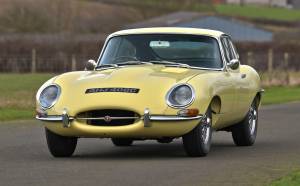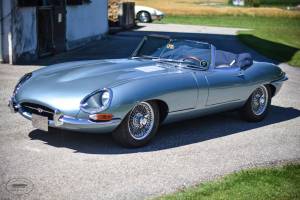Search results
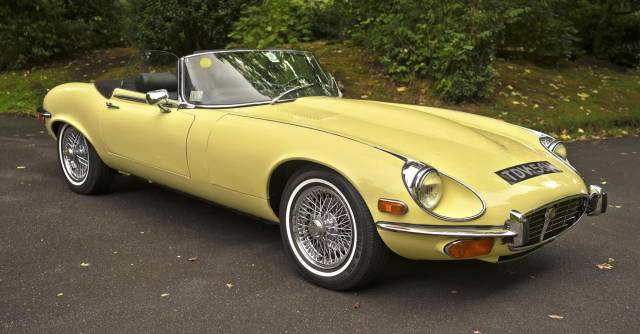
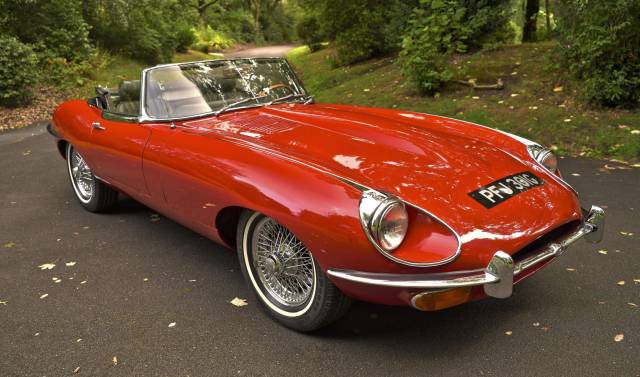
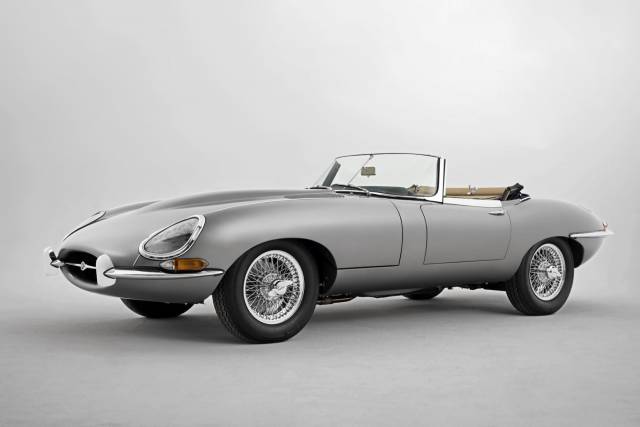
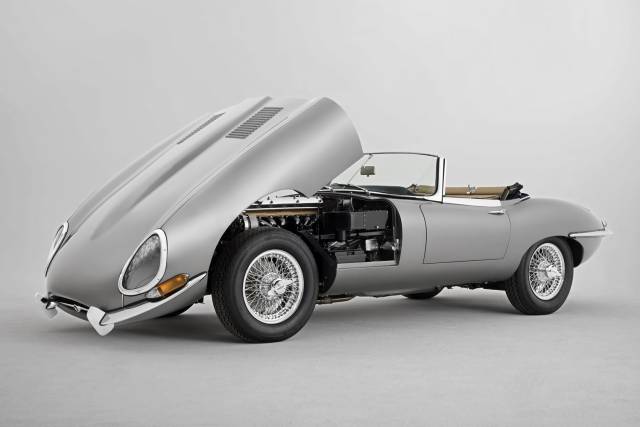
1962 | Jaguar E-Type 3.8
Jaguar E Type Series One Roadster

1961 | Jaguar E-Type 3.8 Flat Floor
Jaguar E-Type 3.8 Flat Floor Roadster (LHD)
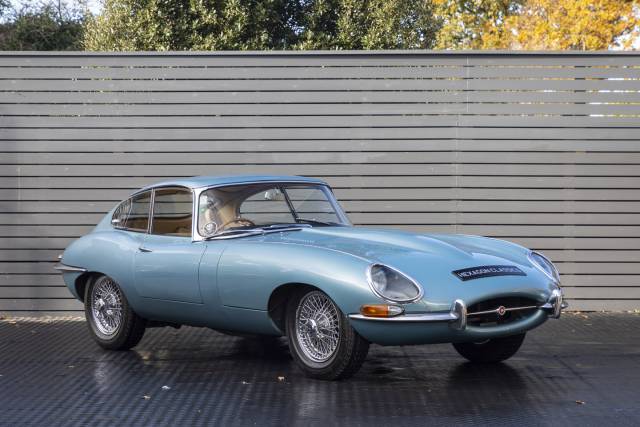
1965 | Jaguar E-Type 4.2
Lowest Mileage FHC in Existence?
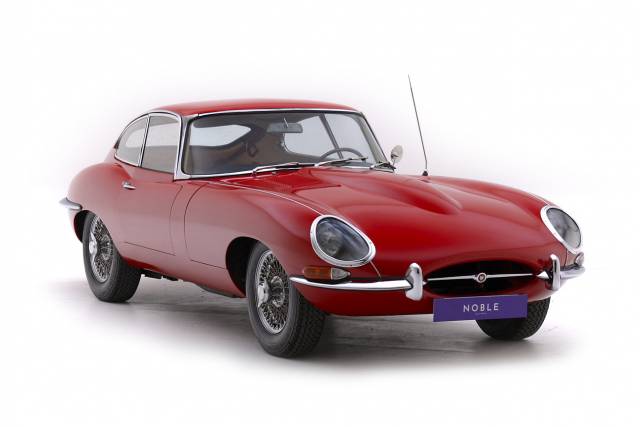
1962 | Jaguar E-Type 3.8
1962 JAGUAR E-TYPE SI 3.8 FHC FOR SALE BY AUCTION
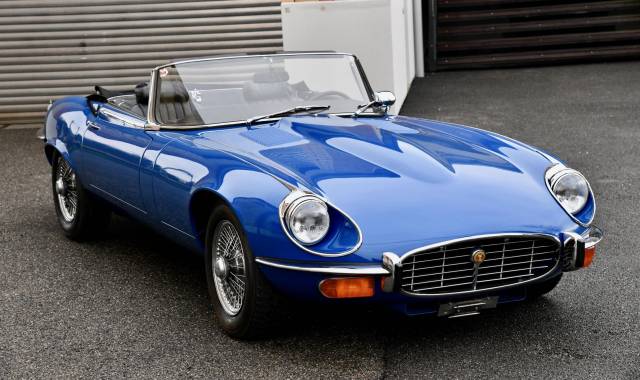
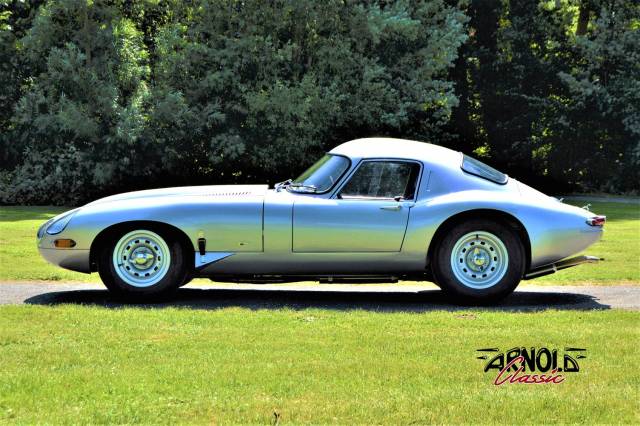
1968 | Jaguar E-Type
The legendary E-Type LOW DRAG
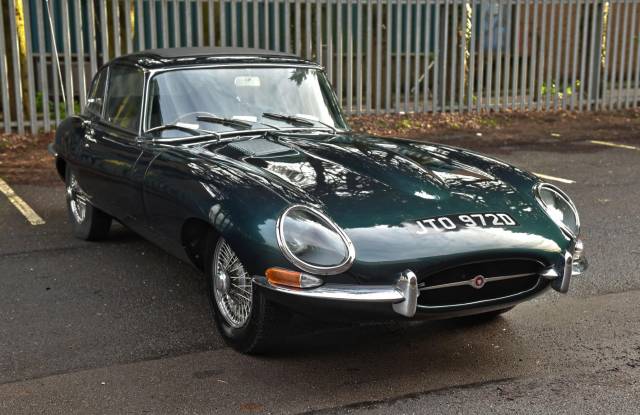
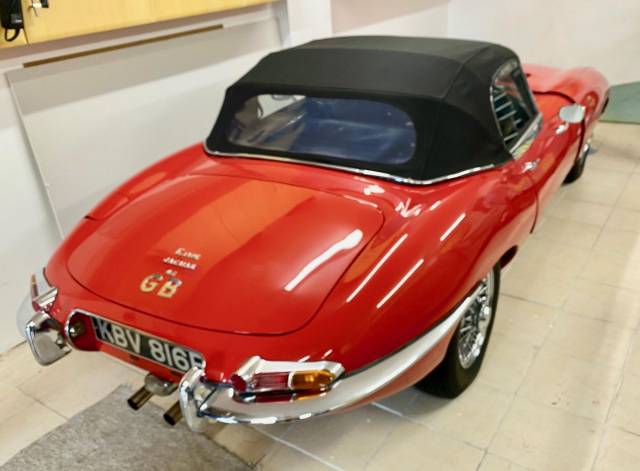


1963 | Jaguar E-Type 3.8
Serie 1 in Traumzustand - VOLLRESTAURATION
FAQs about Jaguar E-Type Classic Cars
Why are Jaguar E-Type classic cars so popular?
The Jaguar E-Type classic car captivates with its timeless design and powerful performance. It is regarded as a symbol of British engineering and is considered a true collector's item. Legend has it that Enzo Ferrari called the E-Type "the most beautiful car ever made," which inspired him to create the GT/L 'Lusso'. The combination of its aerodynamic shape, performance, and luxury makes the E-Type a highly sought-after collector's vehicle.
How can I find spare parts for the Jaguar E-Type classic car?
Spare parts for the Jaguar E-Type classic car can be found through specialized suppliers, classic car clubs, and auctions. The availability of parts is particularly good for the 4.2-liter models. Notably, Jaguar Classic even offers reproductions of certain parts, making the restoration and maintenance of these classics easier.
What should be considered when purchasing a classic Jaguar E-Type?
When considering a classic Jaguar E-Type, pay close attention to rust, especially in the frame, sills, and wheel arches, as these areas are particularly vulnerable. Ensure that the vehicle has been regularly maintained and retains as much originality as possible. A comprehensive history of the car is crucial for potential buyers. The originality of the vehicle, including the engine, transmission, and interior, significantly affects its value and authenticity. Additionally, thoroughly check the condition of the electrical system and cooling system, as these can often present issues in older vehicles. Verifying the chassis number is essential for confirming the authenticity of the car.











